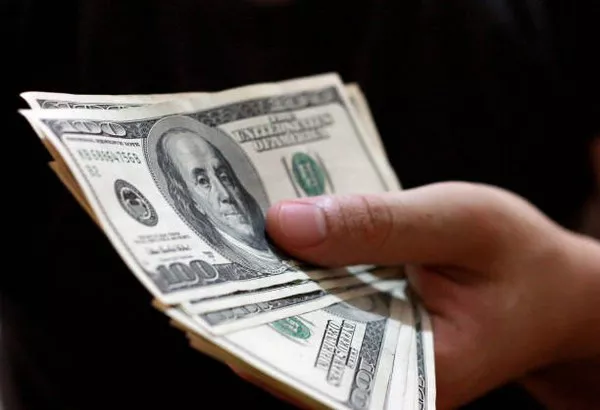The dollar faced broad weakness on Thursday following economic data indicating further softening in the U.S. labor market, while the pound recovered from earlier lows after the Bank of England hinted at a potential interest rate cut.
Weekly initial claims for state unemployment benefits rose by 22,000 to a seasonally adjusted 231,000, marking the highest level since the end of August last year and surpassing the 215,000 expected by economists in a Reuters poll. This data followed last week’s disappointing U.S. payrolls report and other indicators showing a decline in job openings to a three-year low in March.
Market observers interpret the softening labor market as a sign that consumer spending may slow down, potentially cooling inflation. Key data next week, including readings on consumer prices (CPI), producer prices (PPI), and retail sales, will provide further insights.
“We did see a knee-jerk reaction in yields and the dollar lower this morning after the jobless claims number exceeded expectations,” noted Karl Schamotta, chief market strategist at Corpay in Toronto.
Schamotta highlighted some seasonal distortions in the claims report that may have contributed to the higher figure but emphasized that recent economic data suggests a deceleration in the world’s largest economy. A sequential decline in U.S. consumer and producer price indices, along with retail sales, next week could challenge the prevailing market sentiment dominated by U.S. exceptionalism.
The dollar index, which gauges the greenback against a basket of currencies, declined by 0.22% to 105.28, with the euro advancing 0.28% to $1.0775.
Sterling strengthened in response to U.S. data, rising 0.18% to $1.2518 after hitting its weakest level since April 24 at $1.2446. The Bank of England (BoE) left its key policy rate at 5.25%, with a 7-2 vote among the Monetary Policy Committee. Deputy Governor Dave Ramsden joined Swati Dhingra in voting for a rate cut to 5%. BoE Governor Andrew Bailey hinted at the possibility of a rate cut beyond investor expectations.
Against the Japanese yen, the dollar inched up by 0.03% to 155.52 as hawkish remarks from Bank of Japan (BOJ) members slowed the yen’s decline. The dollar’s recovery against the yen follows a 3.4% drop last week, its largest weekly decline since early December 2022.
BOJ Governor Kazuo Ueda emphasized that the central bank will closely monitor the recent yen depreciation in guiding monetary policy.
Market participants suspect that Tokyo intervened last week, spending around $60 billion to halt the yen’s slide after it hit a 34-year low against the dollar around 160 yen.
In a note on Thursday, Deutsche Bank’s head of FX research, George Saravelos, reiterated that “as long as the BOJ sees no urgency to rapidly normalize policy, the fundamental backdrop for the JPY (yen) will not change.


